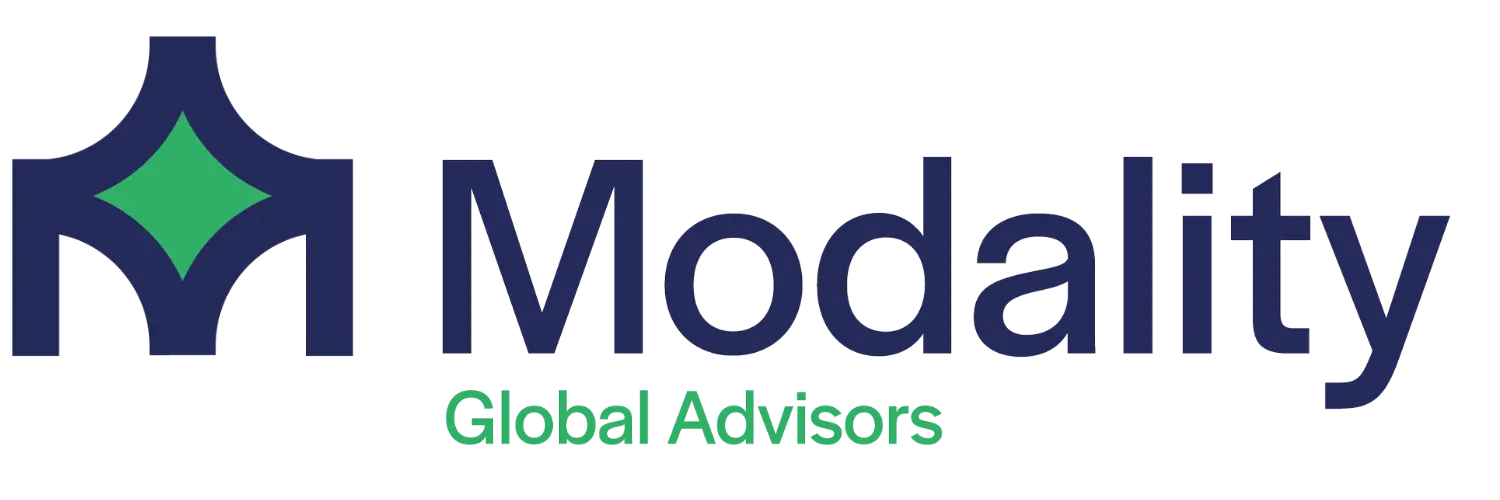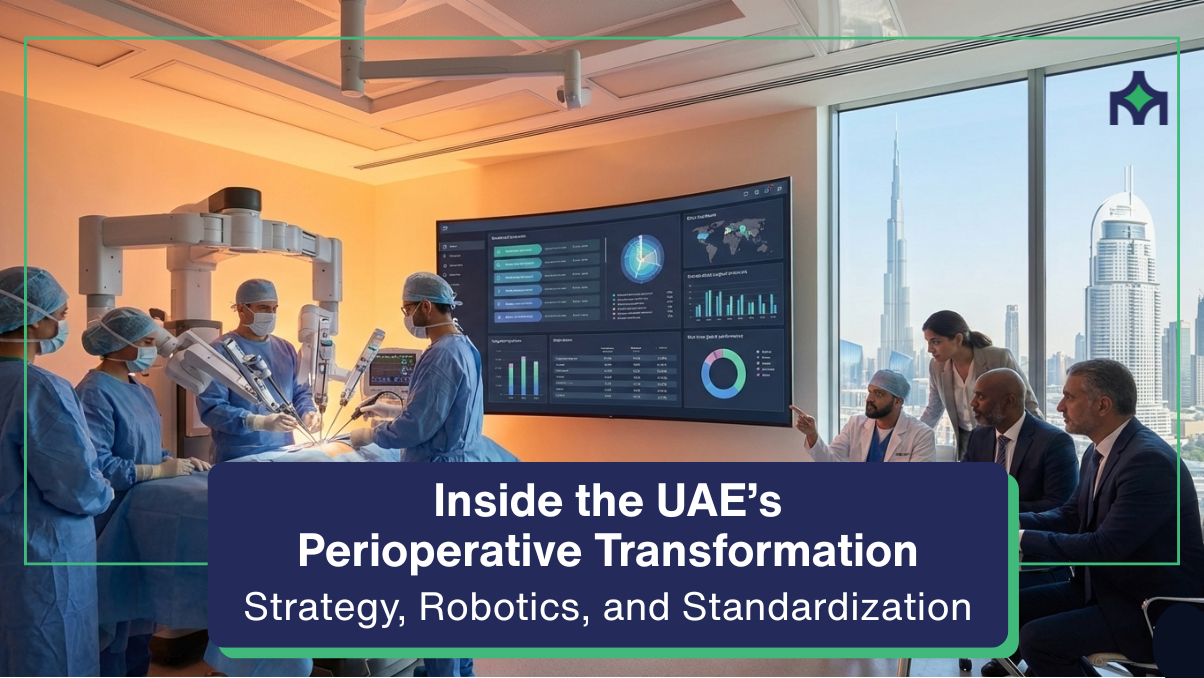When Manual Becomes Costly: The Hidden Financial Risks in Epic's Insurance Workflows
Epic EHR, Manual Insurance Workflows, and the Hidden Cost Hospitals Can’t Ignore
Most hospitals run on advanced EHRs, and Epic Systems is among the most pervasive—powering scheduling, documentation, billing, and RCM. Yet even in Epic’s integrated environment, manual insurance processes remain a drag on efficiency and margin, fueling denials, longer A/R days, and operational burnout. Automation is no longer optional for health systems focused on sustainability and scale.
What Is Epic—and Where Insurance Lives Inside It?
Epic provides a unified platform that connects clinical, financial, and operational workflows. Within Epic, modules such as Benefits Engine, Coverage Discovery, and Real-Time Eligibility (RTE) support verification, prior authorization, and clean claim submission. Despite these features, many orgs still inject manual steps—slowing care access and increasing rework.
The Hidden Costs of Manual Insurance Workflows
- Revenue leakage: First-pass denials rise; A/R days stretch; write-offs increase.
- Throughput delays: Eligibility and auth slowdowns push out appointments and procedures.
- Labor burn: Staff time diverted to data entry, status checks, and appeals.
- Patient friction: Coverage uncertainty undermines access and experience.
Why Manual Steps Persist (Even with Epic)
- Uneven training: Teams underuse RTE, Coverage Discovery, and automation queues.
- Custom builds & workarounds: Localized workflows don’t align across departments.
- High turnover: New users revert to manual “safe” habits.
- Payer complexity: Constant rule changes outpace EHR logic and edits.
The Cost Beyond the Balance Sheet
- Delayed verification → deferred care and patient dissatisfaction.
- Documentation mismatches → preventable denials and compliance risk.
- Clinician time drain → less time for direct care and quality initiatives.
From Manual to Modern: Where to Automate in Epic
| Workflow | Epic Capability | Automation Outcome |
|---|---|---|
| Eligibility & benefits | RTE + Benefits Engine | Fewer front-end denials; faster scheduling |
| Coverage discovery | Coverage Discovery | Find secondary/updated plans; reduce self-pay |
| Prior authorization | ePA integrations/queues | Shorter lead times; fewer auth-related denials |
| Claim edits & submission | Automation rules + claim scrubbers | Higher first-pass yield; lower rework |
| Denial prevention | Pre-bill edits + dashboards | Early exception handling; faster cash |
How Modality Global Advisors (MGA) Helps
- End-to-end workflow audit: Map eligibility → auth → charge capture → claim to expose manual choke points.
- Epic-native automation: Configure RTE, Coverage Discovery, ePA queues, and pre-bill edits to cut denial risk.
- Team enablement: Targeted training and playbooks to ensure consistent, compliant use—despite turnover.
- Performance visibility: Dashboards for denial trends, A/R days, first-pass rate, and cash acceleration.
Technology isn’t the bottleneck—manual habit is. Automate the front door and the back office, and Epic becomes a growth engine, not a cost center.
Ready to stop the financial drain? MGA helps health systems unlock Epic’s insurance automation and hard-wire denial prevention. hello@modalityglobal.com.






